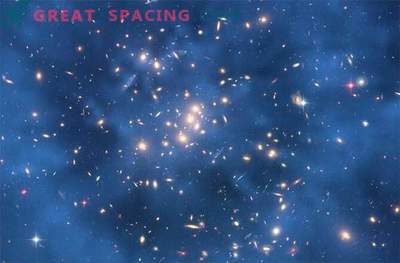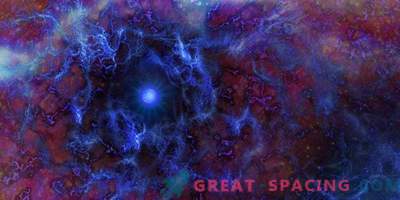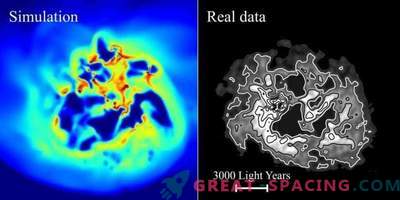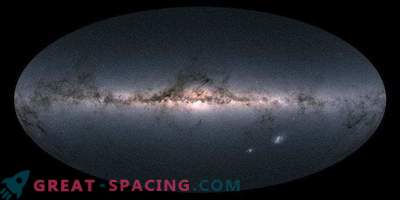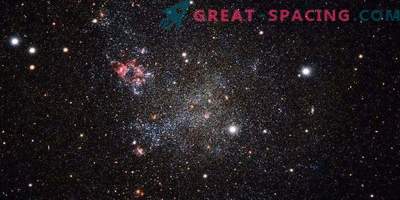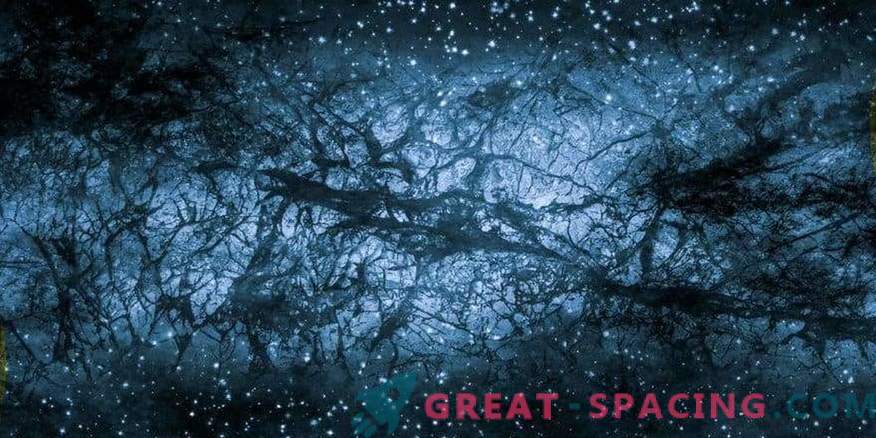
Most of the galaxies that existed 10 billion years ago contained about as much dark matter as galaxies do today. These findings contradict earlier studies in which it was believed that less dark matter was hidden around galaxies in the early Universe.
Dark matter occupies about 85% of the total mass of the known Universe. However, the mysterious substance is not in contact with light, so scientists are still not able to know its nature. We have to rely on the gravitational attraction of dark matter to the ordinary (baryon), representing the stars, nebulae and planets, as well as all trees, stones and people.
Dark matter tends to concentrate in halos around galaxies. Astronomers have recorded this by measuring the speed of galactic rotation. According to the law of Newton, the stars on the outskirts of the galaxy should move much slower than the stars in the center. But in the 1960s. Researchers have noticed fast stars on the edge of the Milky Way, hinting that additional matter hides behind the galactic orbits of the stars.
Since then, scientists have measured thousands of rotational speeds throughout the universe, confirming the presence of these halos of dark matter. The new study used data from two analyzes of 1,500 stellar galaxies to calculate the rotational speeds of galaxies, going back 10 billion years ago. It is difficult to determine the speed of galactic rotation in the past, because they are remote and weak. So we managed to derive the average value by grouping the galaxies by distance and combining their light. When taking into account the mass and density of galaxies, scientists found an almost equivalent amount of dark matter for galaxies that existed in the cosmic past and for representatives of the local universe. However, new data contradict studies that claimed that less dark matter was observed in the early Universe than in younger galaxies. But in previous studies, a different model for determining the amount of matter was used.
It turns out that the results are highly dependent on the model used. In the end, we decided to apply a model that is best suited for low-mass galaxies. Scientists believe that this type of galaxy in the past was predominant. Computer simulations have shown that massive galaxies are rare in the early Universe.
The new results are consistent with the lambda of cold dark matter model describing our Universe. She explains the structure of space and why everything expands with increasing speed.
